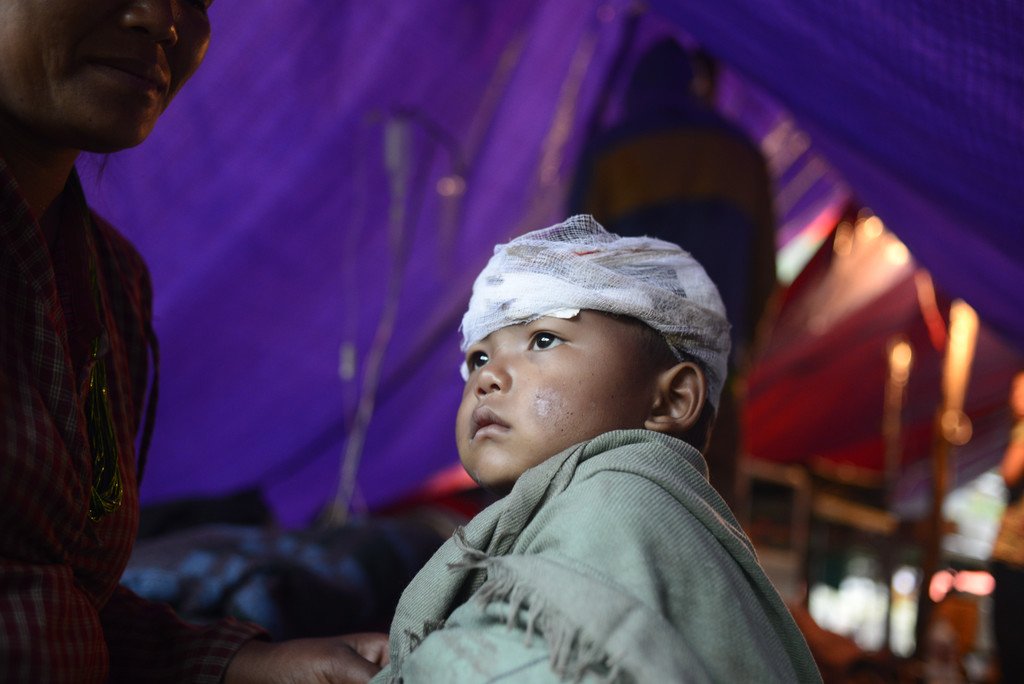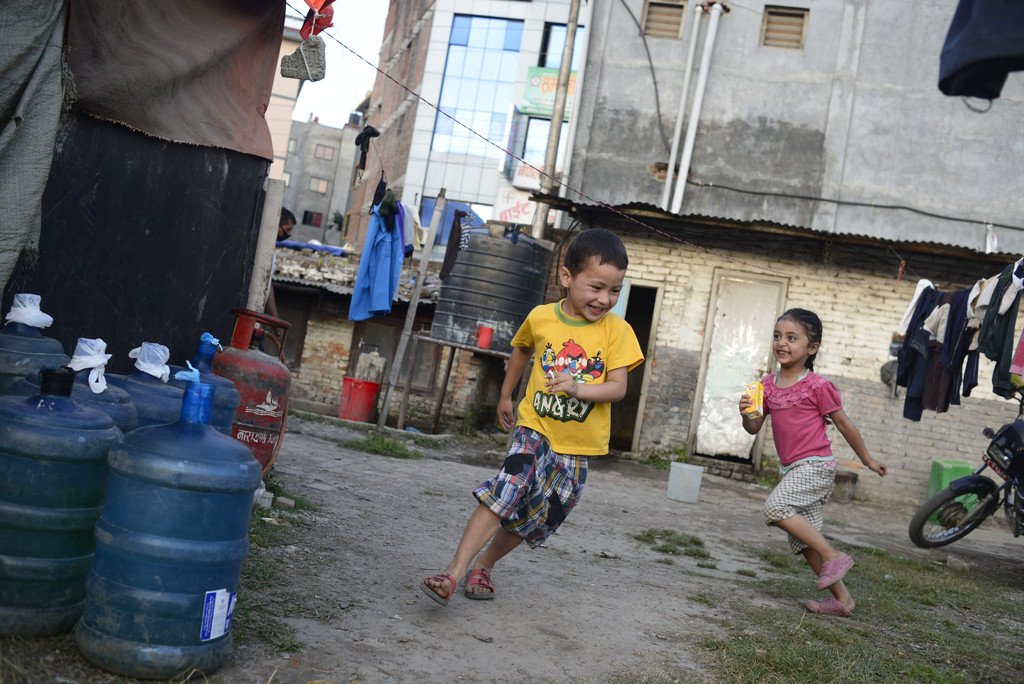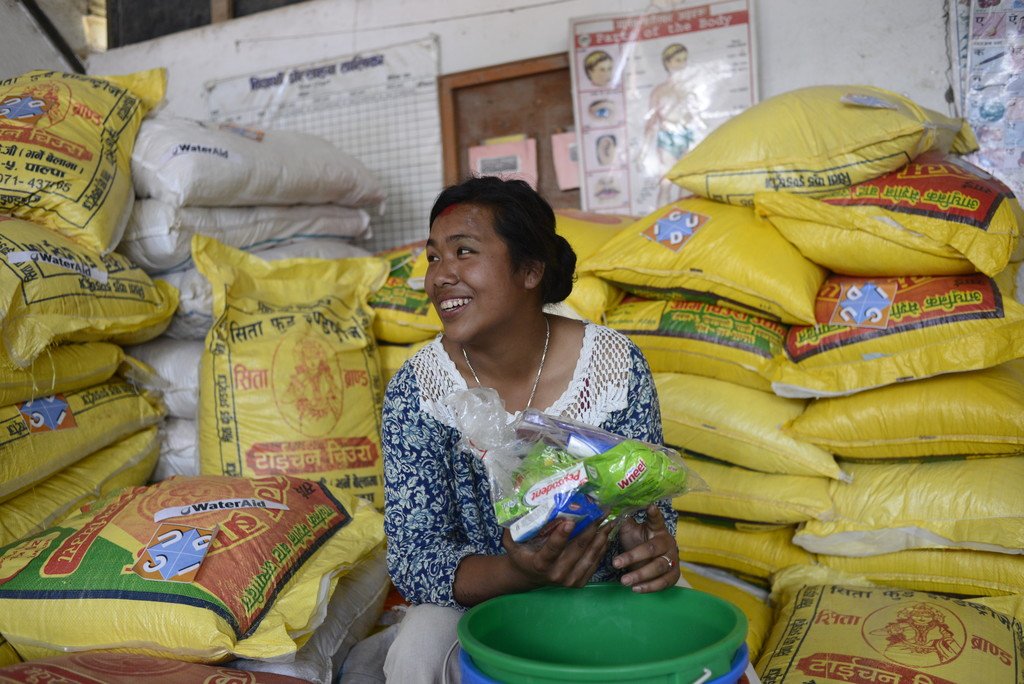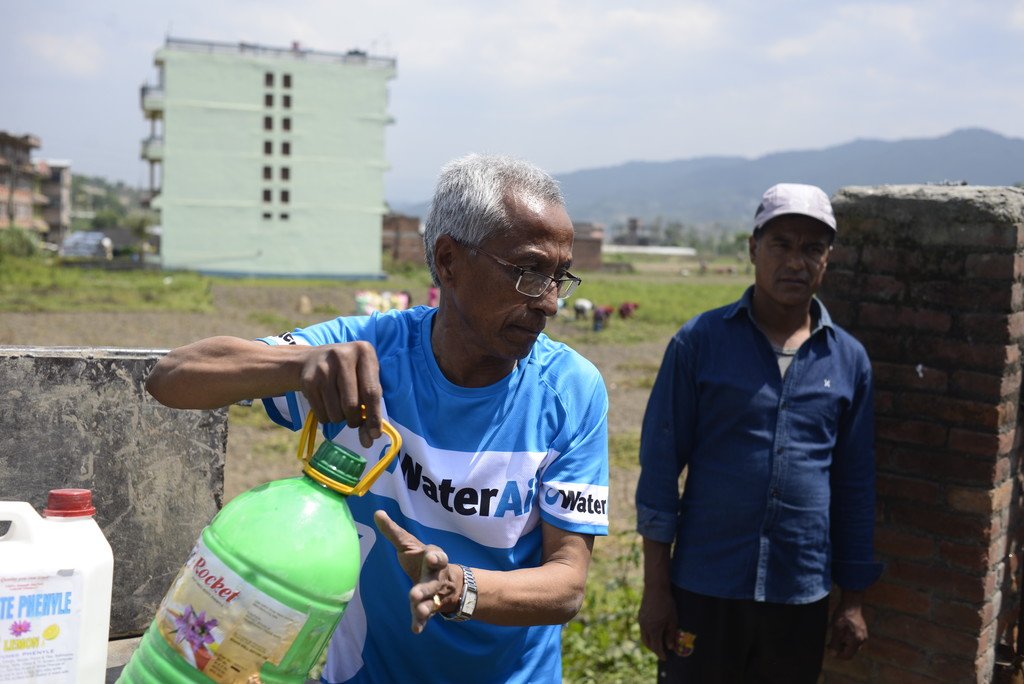Editor's Note: This piece was written and submitted before the news of the second earthquake in Nepal on Tuesday morning, May 12th, 2015. For updates on the new quake please click here.
I reach for my phone the minute I wake up. It’s a bad habit I can’t seem to break, yet it’s one that I was grateful for when the earthquake struck Nepal on the afternoon of April 25. I was in Washington DC that day, and it was 6:35AM. Immediately, I saw a message that my brother had sent from my hometown Kathmandu in the middle of the night: “Big earthquake here. We are safe.”

That’s when I noticed posts on social media from other friends, too, and knew that something was seriously wrong. I desperately tried calling my brother, but he wouldn’t pick up. Finally, over Facebook, he again told me that my family was safe, but that all of the landmarks in Kathmandu valley were gone.
I couldn’t believe him.
I was sure that my brother was lying to me, trying to protect me from the pain of hearing that loved ones had been seriously injured, or worse. I grew up in downtown Kathmandu, just a two minute walk from the UNESCO World Heritage site, Durbar Square, where my parents still live. When I heard about the scale of the destruction, I could not believe that my parents were unharmed. And the landmarks! How can they possibly be gone?
They had been there my entire life.
This is life as I once knew it.
I moved to Madison, Wisconsin last year—a world away from the Nepal that I love. As a child, I played in Kathmandu’s Durbar Square, surrounded by the spectacular architecture showcasing the centuries old work of Newar artists and craftsmen.
I spent my childhood playing in a world heritage site that is no longer there.

Kathmandu is a world-renowned historical gem, but it is also an important economic and cultural center. Like any capital city, it offers the glimmering promise of opportunity, attracting businesses and people from across the country. Education and health services are better in Kathmandu than other parts of Nepal, and its cosmopolitan air welcomes everyone.
On weekdays, the city wakes at the crack of dawn as people rise to do their daily chores. Women begin work especially early, cleaning their homes and collecting water for all of their family’s daily needs. People who can afford homes with water storage capacity buy their water from local vendors, while those with lower incomes rely on collecting water from public water points, or on the generosity of neighbors who have a working pipeline connection.
Water has always been scarce in Kathmandu.
Like in the US, health consciousness is on the rise, and many people go for morning walks or practice yoga. Students get ready for school, while others go to the temples to pray and worship. Commuter traffic during rush hours is a nightmare. On the weekends, the focus turns to tasks like bathing, laundry, cleaning (more!) and cooking a special weekend meal. Like in the US, people go to the movies, enjoy a leisurely picnic, visit historical landmarks or worship at religious sites, according to their personal beliefs.
A serious setback.
My heart is breaking for my homeland.
The staggering loss and suffering is only made worse by knowing that the progress we had worked so hard to achieve over the last years in areas like poverty reduction, education, menstrual hygiene and access to safe drinking water and toilets has now been severely set back. Incredibly, we were on track to achieve most all of our Millennium Development Goal targets.
But that was before the earthquake.
Having worked for the leading water and sanitation nonprofit, WaterAid, in Nepal for 11 years, I was fiercely proud of the fact that we were moving--one community at a time--towards eradicating taboos around menstrual hygiene and the practice of defecating in the open. Just weeks before the earthquake hit, WaterAid had helped bring safe drinking water to the village of Sajbote Siruwani for the very first time.
Now people are scared to go into their homes, water pipes have been damaged and debris has blocked drainage, restricting the movement of much needed water.
When people abandon healthy hygiene habits, drinking water sources become contaminated, and the likelihood of a cholera epidemic becomes a very real. Education, especially for girls, takes a back seat to other competing priorities like collecting water and caring for sick family members.
Already before the earthquake, Nepal was struggling under the burden of economic turmoil and the push towards a more inclusive society. As a development worker and activist, I’ll be keeping an especially close eye on how the international community’s generous emergency relief contributions are being used and managed.
So much time and so many resources have been spent on developing policies, frameworks and guidelines around disaster risk reduction before the quake. It’s now time to put those theories into action, so we can get back to moving forward.
This is our chance
Like so many Nepalis around the world, I am grieving. Deeply. But I am also learning to find great hope amid the tragedy. This could be our chance to rebuild the Nepal that we’ve always wanted—the Nepal we’ve always known that we could be.
It will be an undoubtedly long road, but Nepalis are strong, and this disaster is bringing people together once again. What we need now are the resources to rebuild with a renewed focus on sustainable development, including especially a focus on water, sanitation and hygiene.

Before the earthquake, it was difficult for people to imagine that one of the world’s cleanest sources of fresh water (the Himalayas) could also have serious problems supplying the population with water that is clean and safe to drink. But as the saying goes, “God gave us water, but forgot to give us pipes”.
Quickly providing survivors with immediate access to basic water, sanitation and hygiene services is crucial to preventing an outbreak of diarrhea, cholera and other water-borne diseases, but improved infrastructure, resource management and public awareness will be essential to rebuilding the stronger, healthier and more prosperous Nepal of our future.
Take action
I have great hope for Nepal’s water resources, access to sanitation and education around menstrual hygiene. But it’s our job to ‘build the pipes’.

If there’s one thing the earthquake has taught me, it’s that you don’t need to be in Nepal to be able to help in big ways. Here are some of the ways that I am making a difference from within my adopted hometown of Madison, Wisconsin—ways that you, too, can make a difference for the people of Nepal, wherever you may be:
Rally with returned Peace Corps volunteers, friends and community members to raise money for credible, accountable organizations like WaterAid or Oxfam America Action Corps—organizations that have the resources and infrastructure to be sure that the money is used in the smartest ways possible to help the people who need it most.
- Ask local businesses to donate, too, and to engage their employees in relief efforts through a nonprofit that you believe in.
- Connect with your networks over social media, asking them to lend their support to Nepal’s immediate and long-term recovery efforts
- Tell your local congresspersons that long-term aid to Nepal is something that’s important to you, especially in the area of water, sanitation and hygiene
Written by Anita Pradhan, together with Alanna Imbach.